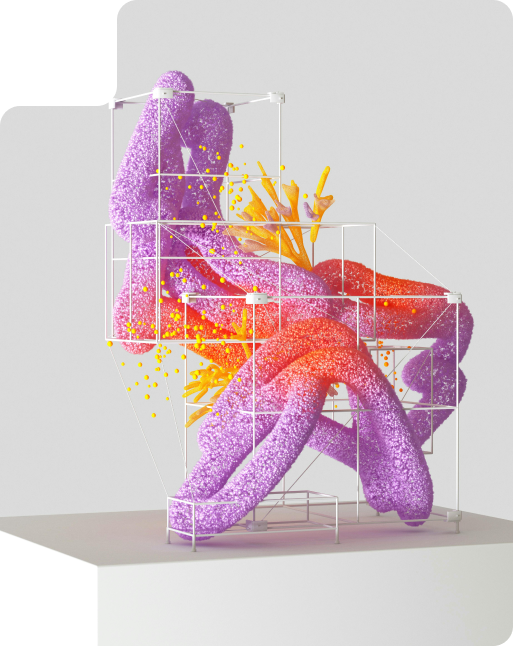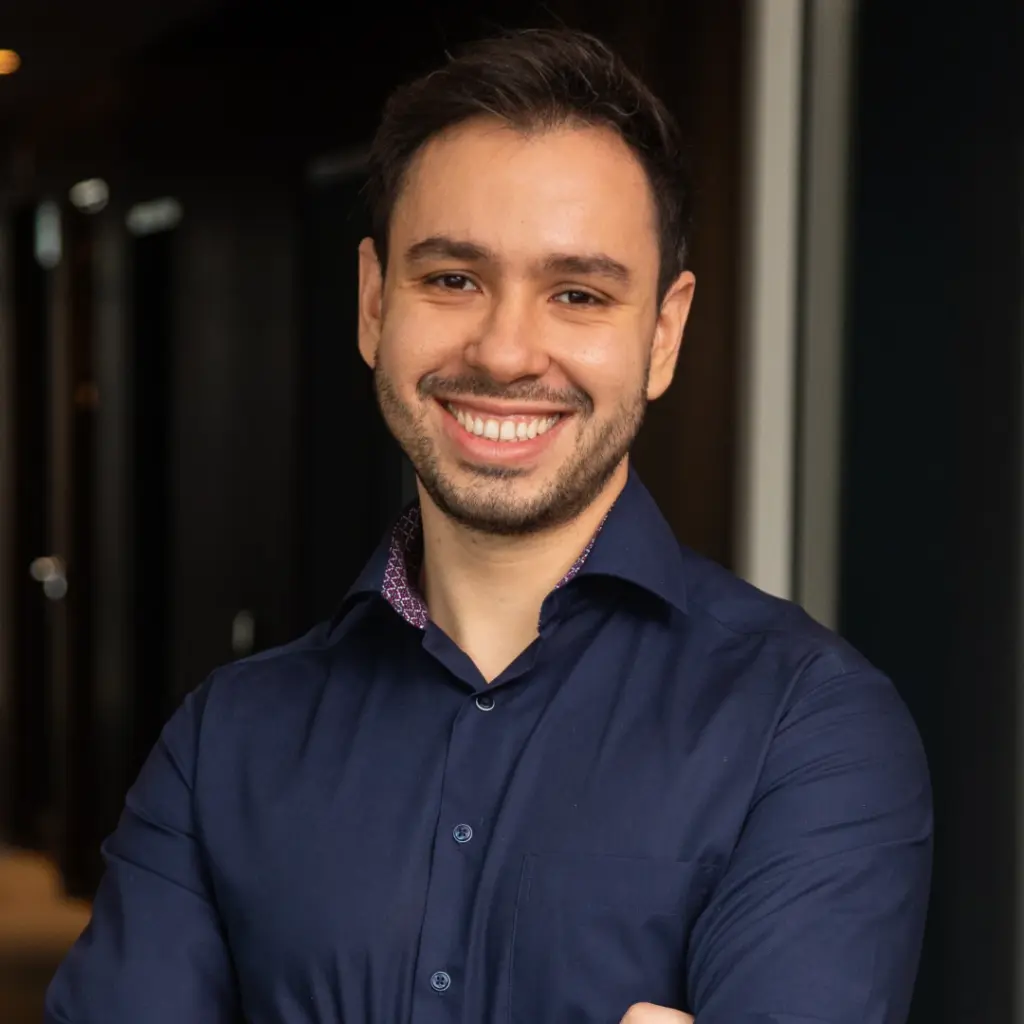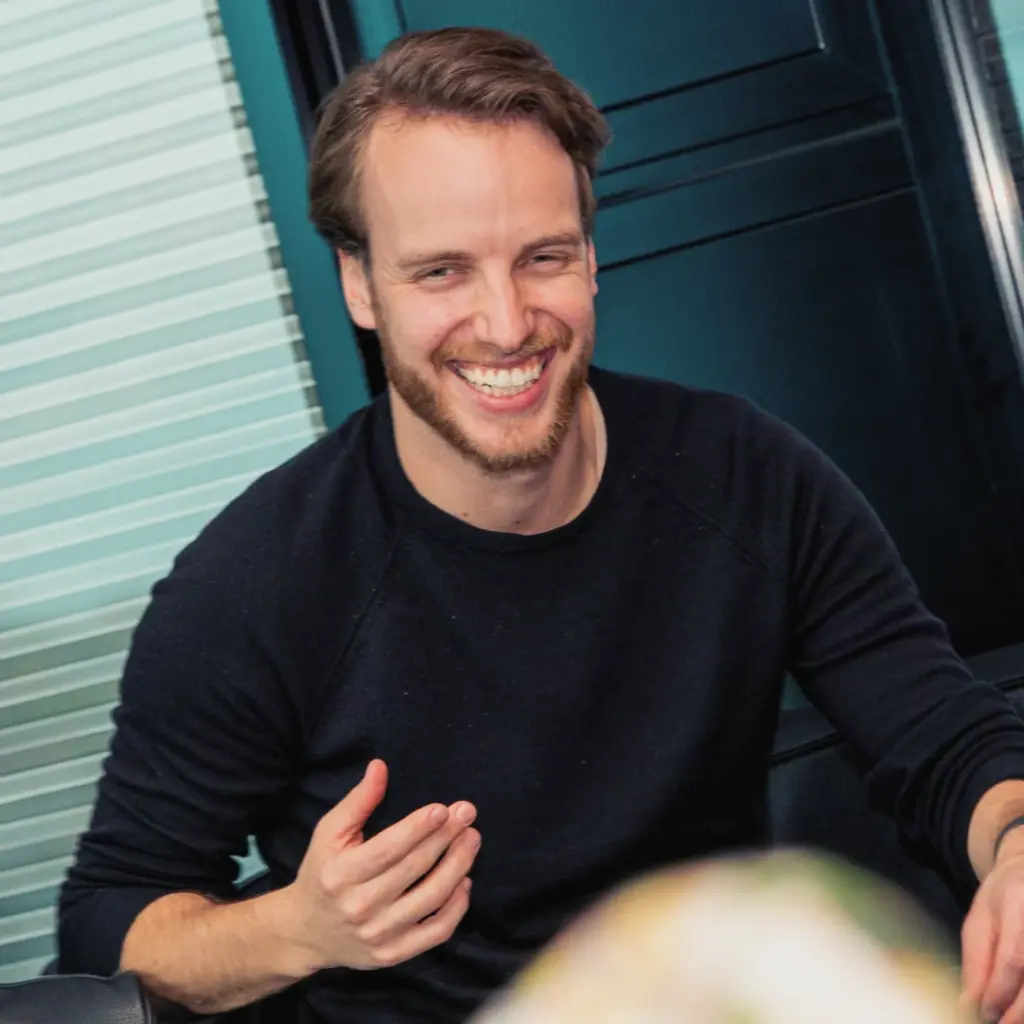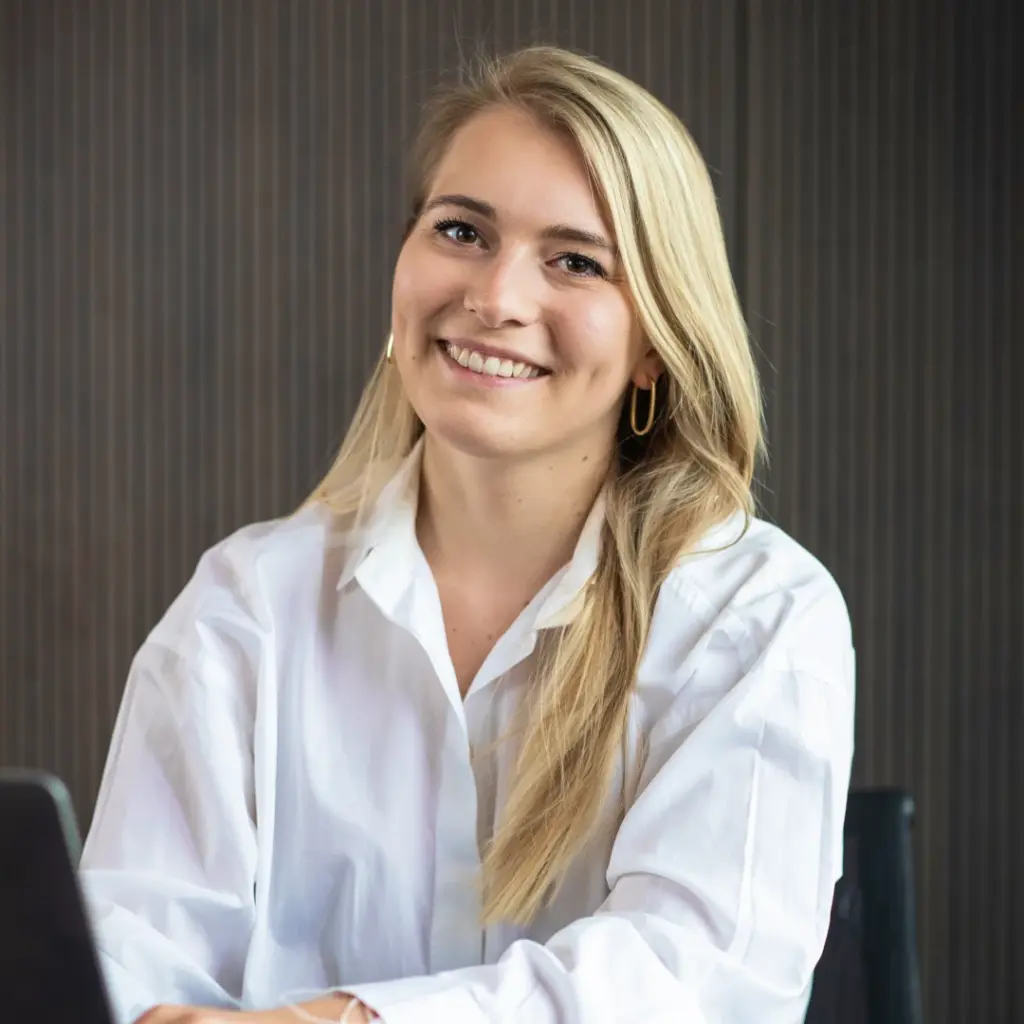Empowering Life Science
Innovation through cutting-edge software solutions

Our Approach
Deliver Value for the
Life Science Industry
We help you to navigate forward and achieve sustainable success in the new health-outcomes-driven ecosystem.
Data Analytics and Business Intelligence
Implement advanced data analytics and business intelligence solutions to extract valuable insights from the vast amount of data generated in life science research.
Utilize machine learning algorithms and data visualization tools to analyze complex datasets, identify patterns, and make data-driven decisions.
Integration of Emerging Technologies
Stay at the forefront of technological innovation by integrating emerging technologies such as artificial intelligence (AI), blockchain, and the Internet of Things (IoT) into existing systems.
These technologies can enhance efficiency, security, and traceability in various aspects of life science operations, from research and development to supply chain management.

The future of the
Life Science sector
We strongly believe that organizations must cooperate within the life sciences sector to find new ways of working.
Partnering with others to share data, medicine and resources while anticipating trends and regulatory changes will help ensure sustainability in the increasingly evidence-based, outcomes-focused sector.
Personalized Medicine Revolution:
Leveraging AI and genomics to tailor treatments for individual patients, improving outcomes and reducing costs.
Digital Transformation in Research:
Accelerating drug discovery and development through advanced data analytics, cloud-based collaboration, and automation.
Sustainability and Ethical Innovation:
Driving breakthroughs while addressing environmental impact and ensuring ethical compliance in biotech and pharma solutions.
Read our interview with Dr. med. Silke Merz of the Robert-Bosch-Hospital in Stuttgart about her work at the hospital, medical innovation and decisions about life and death.

ILI projects in the Life Science industry
At ILI Digitial, we help clients in the Biotech and Pharma industry to build digital and more sustainable services.
work and impact
Learn more our impact use cases and learn how digital strategy, innovation, and sustainability can transform your business.


Want to
know more?



